
A solderability issue in a flex circuit. Surface shows oxidized intermetallic compound.
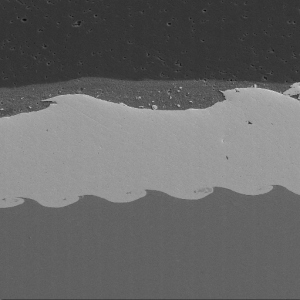
Explosively bonded aluminum-steel material.
(Sample courtesy of High Energy Metals, Sequim, WA)

BGA failure due to organic particles on solder bumps. These were also found included in solder joints on finished assemblies.

Using SEM analysis to determine that the contaminant on a paper product is potassium chloride.
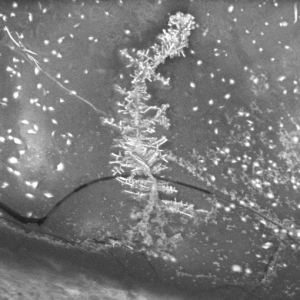
Pb-dendrite formed by electromigration on the surface of the flux residue.
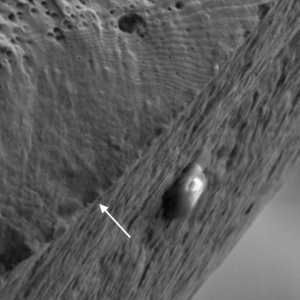
Fatigue striations on the fracture surface of a stainless steel spring.

Corrosion problem

Eutectic Pb-Sn microstructure with Au-Sn intermetallic compound on surface of a BGA solder bump.
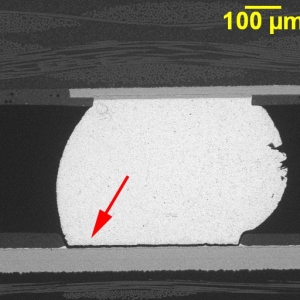
Ball Grid Array (BGA) solder joint failure analysis.

SEM image of a ceramic sample.

This is a dielectric void in a base metal electrode (BME) multilayer ceramic capacitor (MLCC).

HDI micro-via quality evaluation.
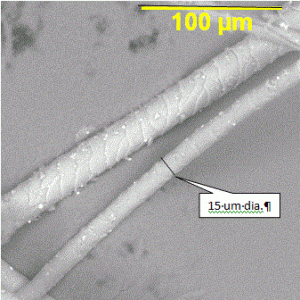
SEM image of cashmere with measurement.













